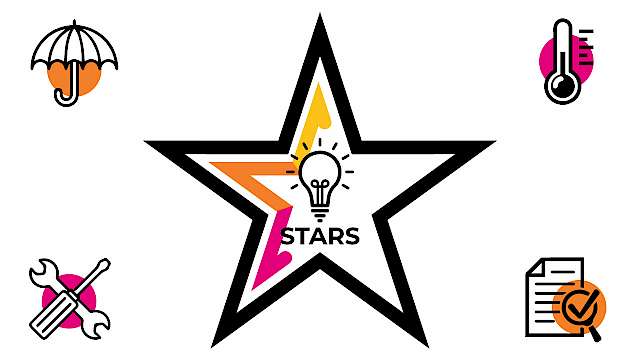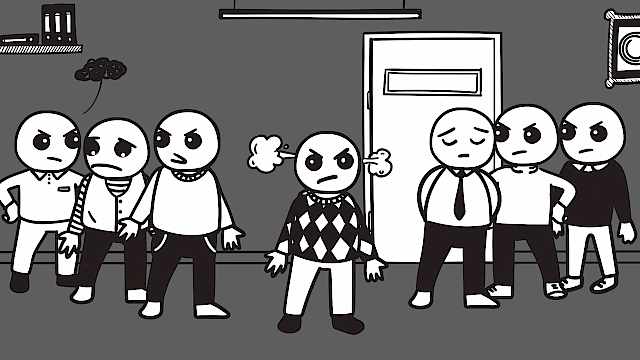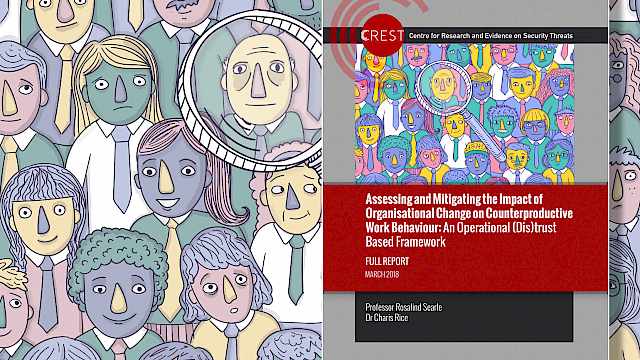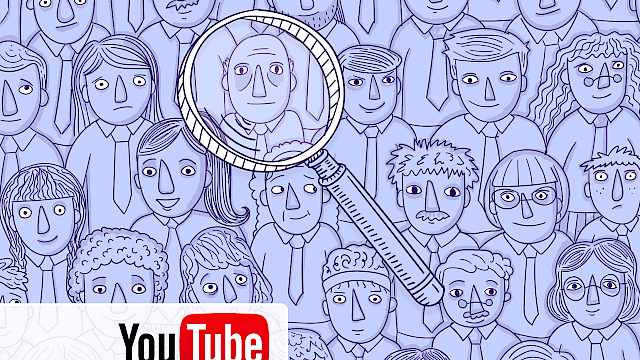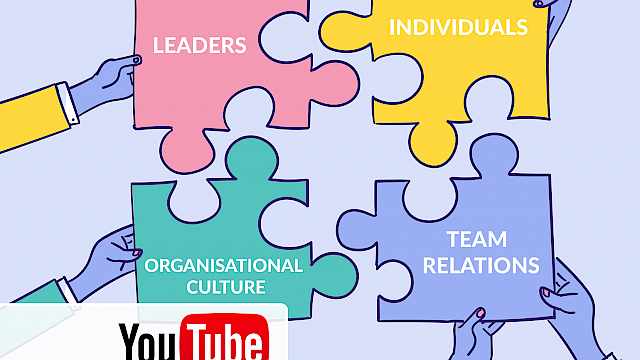Charis Rice
CREST Outputs
Projects
Articles
Academic Publications
The Enabling Role of Internal Organizational Communication in Insider Threat Activity – Evidence From a High Security Organization
This paper explores the role of internal communication in one under-researched form of organizational crisis, insider threat – threat to an organization, its people or resources, from those who have legitimate access. In this case study, we examine a high security organization, drawing from in-depth interviews with management and employees concerning the organizational context and a real-life incident of insider threat. We identify the importance of three communication flows (top-down, bottom-up, and lateral) in explaining, and in this case, enabling, insider threat. Derived from this analysis, we draw implications for communication and security scholars, as well as practitioners, concerning: the impact of unintentional communication, the consequences of selective silence and the divergence in levels of shared understanding of security among different groups within an organization.
(From the journal abstract)
Rice, C., & Searle, R. H. (2022). ‘The Enabling Role of Internal Organizational Communication in Insider Threat Activity – Evidence From a High Security Organization.’ Management Communication Quarterly.
https://doi.org/10.1177%2F08933189211062250Trust, and high control: an exploratory study of Counterproductive Work Behaviour in a high security organization
From journal abstract:
High security organizations utilize a fine balance between control and trust to maintain stability. Drawing on qualitative interviews with managers and employees concerning three Counterproductive Work Behaviour (CWB) incidents occurring within a “high control” organization, we explore the impact of this trust-control dynamic on individuals’ sensemaking, social relations and workplace behaviours. We explore Human Resource Management (HRM) control practices, contrasting levels of control (over and under-control), form (formal and informal), and consistency of control management, that variously destabilize the balance of trust and control. Framed by this dynamic, employees undertake CWB as a means of maintaining their trusting relationships, professional goals and well-being in an unpredictable workplace. We demonstrate the value of understanding the trust-control dynamic for CWB and identify potential lessons for prevention.
Searle, R. H. & Rice, C. (2024) Trust, and high control: an exploratory study of Counterproductive Work Behaviour in a high security organization, European Journal of Work and Organizational Psychology, DOI: 10.1080/1359432X.2024.2344870
https://www.tandfonline.com/doi/pdf/10.1080/1359432X.2024.2344870Frame, Fame and Fear Traps: The Dialectic of Counter-Terrorism Strategic Communication
From the journal abstract:
This paper explores the challenges and complexities navigated and negotiated in public facing counter-terrorism strategic communication campaigns. Informed by frame analysis of campaign assets, practitioner interviews and public focus groups, the discussion pivots around three high-profile UK public messaging campaigns. Building from Goffman’s theory of “normal appearances” and the established concept of a “frame trap”, the analysis identifies two further shaping tensions. A “fear trap” occurs when counter-terrorism messages seek to “outbid” other risks in order to capture public attention, thereby unintentionally creating the negative emotional reactions sought through acts of terrorism, or overly-reassuring messages that induce public disengagement. In contrast, a “fame trap” results from creating “too much” public awareness of terrorism, by using commercial marketing logics. In practice, frame, fame and fear traps overlap and interact across different contexts, and the analysis uses the concept of a dialectic of anomaly and normality to highlight implications for future scholarship and practice.
Rice, C., Innes, M., & Ratcliffe, J. (2024). “Frame, Fame and Fear Traps: The Dialectic of Counter-Terrorism Strategic Communication.” Studies in Conflict & Terrorism, 1–21. https://doi.org/10.1080/1057610X.2024.2360669
https://doi.org/10.1080/1057610X.2024.2360669
Projects
Articles
Academic Publications
The Enabling Role of Internal Organizational Communication in Insider Threat Activity – Evidence From a High Security Organization
This paper explores the role of internal communication in one under-researched form of organizational crisis, insider threat – threat to an organization, its people or resources, from those who have legitimate access. In this case study, we examine a high security organization, drawing from in-depth interviews with management and employees concerning the organizational context and a real-life incident of insider threat. We identify the importance of three communication flows (top-down, bottom-up, and lateral) in explaining, and in this case, enabling, insider threat. Derived from this analysis, we draw implications for communication and security scholars, as well as practitioners, concerning: the impact of unintentional communication, the consequences of selective silence and the divergence in levels of shared understanding of security among different groups within an organization.
(From the journal abstract)
Rice, C., & Searle, R. H. (2022). ‘The Enabling Role of Internal Organizational Communication in Insider Threat Activity – Evidence From a High Security Organization.’ Management Communication Quarterly.
Trust, and high control: an exploratory study of Counterproductive Work Behaviour in a high security organization
From journal abstract:
High security organizations utilize a fine balance between control and trust to maintain stability. Drawing on qualitative interviews with managers and employees concerning three Counterproductive Work Behaviour (CWB) incidents occurring within a “high control” organization, we explore the impact of this trust-control dynamic on individuals’ sensemaking, social relations and workplace behaviours. We explore Human Resource Management (HRM) control practices, contrasting levels of control (over and under-control), form (formal and informal), and consistency of control management, that variously destabilize the balance of trust and control. Framed by this dynamic, employees undertake CWB as a means of maintaining their trusting relationships, professional goals and well-being in an unpredictable workplace. We demonstrate the value of understanding the trust-control dynamic for CWB and identify potential lessons for prevention.
Searle, R. H. & Rice, C. (2024) Trust, and high control: an exploratory study of Counterproductive Work Behaviour in a high security organization, European Journal of Work and Organizational Psychology, DOI: 10.1080/1359432X.2024.2344870
Frame, Fame and Fear Traps: The Dialectic of Counter-Terrorism Strategic Communication
From the journal abstract:
This paper explores the challenges and complexities navigated and negotiated in public facing counter-terrorism strategic communication campaigns. Informed by frame analysis of campaign assets, practitioner interviews and public focus groups, the discussion pivots around three high-profile UK public messaging campaigns. Building from Goffman’s theory of “normal appearances” and the established concept of a “frame trap”, the analysis identifies two further shaping tensions. A “fear trap” occurs when counter-terrorism messages seek to “outbid” other risks in order to capture public attention, thereby unintentionally creating the negative emotional reactions sought through acts of terrorism, or overly-reassuring messages that induce public disengagement. In contrast, a “fame trap” results from creating “too much” public awareness of terrorism, by using commercial marketing logics. In practice, frame, fame and fear traps overlap and interact across different contexts, and the analysis uses the concept of a dialectic of anomaly and normality to highlight implications for future scholarship and practice.
Rice, C., Innes, M., & Ratcliffe, J. (2024). “Frame, Fame and Fear Traps: The Dialectic of Counter-Terrorism Strategic Communication.” Studies in Conflict & Terrorism, 1–21. https://doi.org/10.1080/1057610X.2024.2360669




